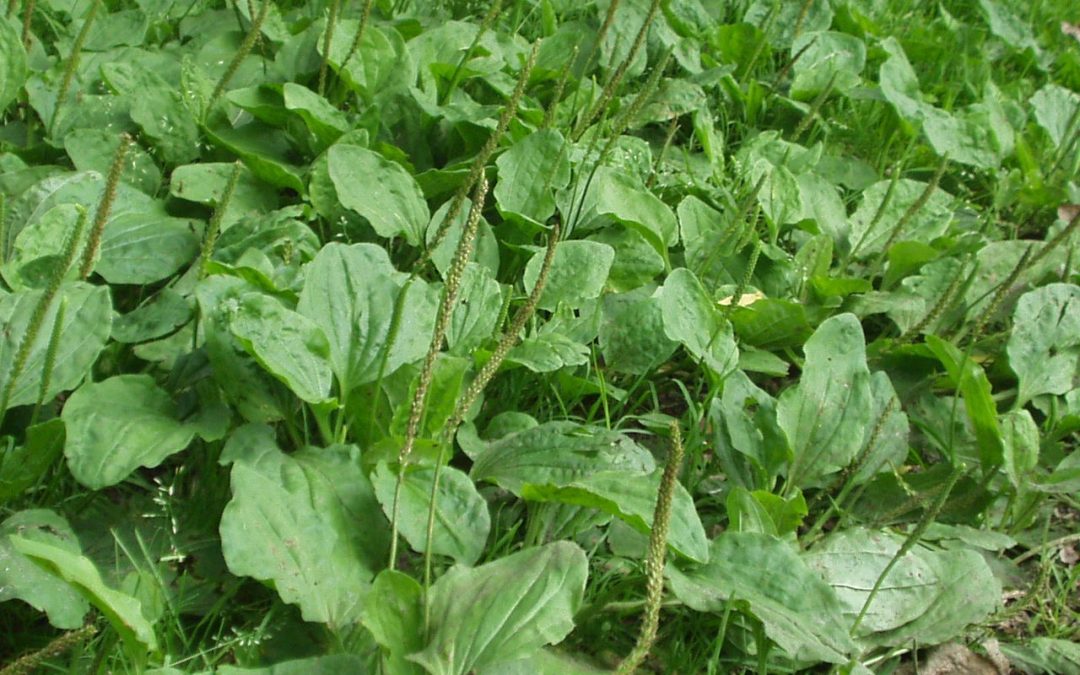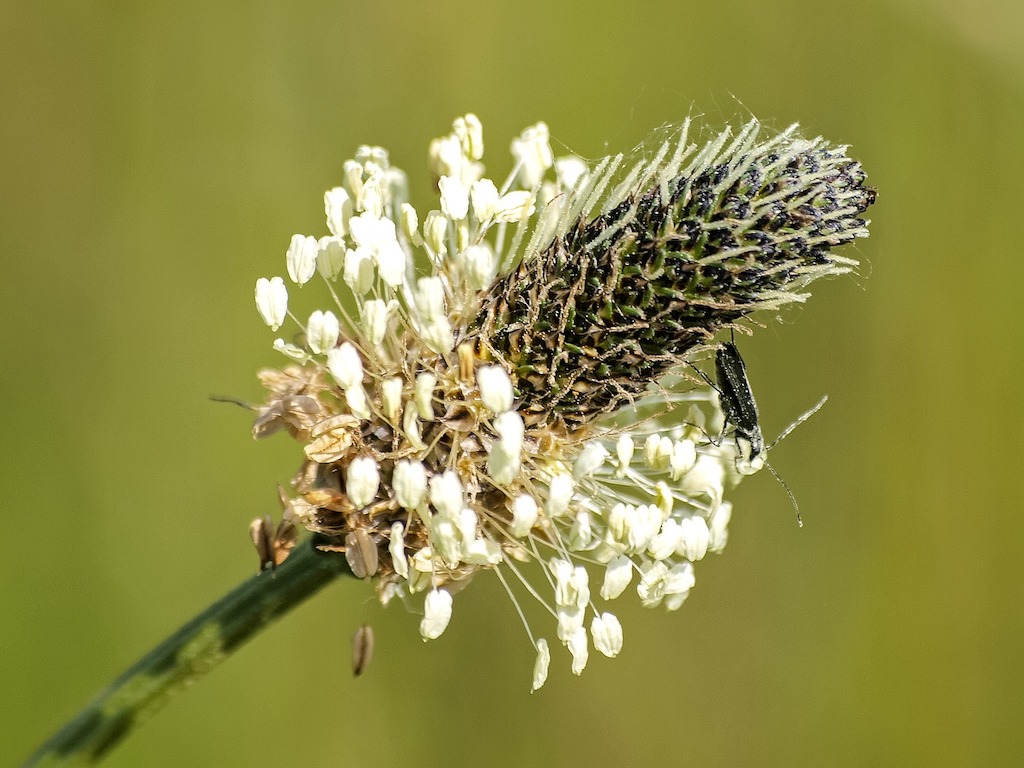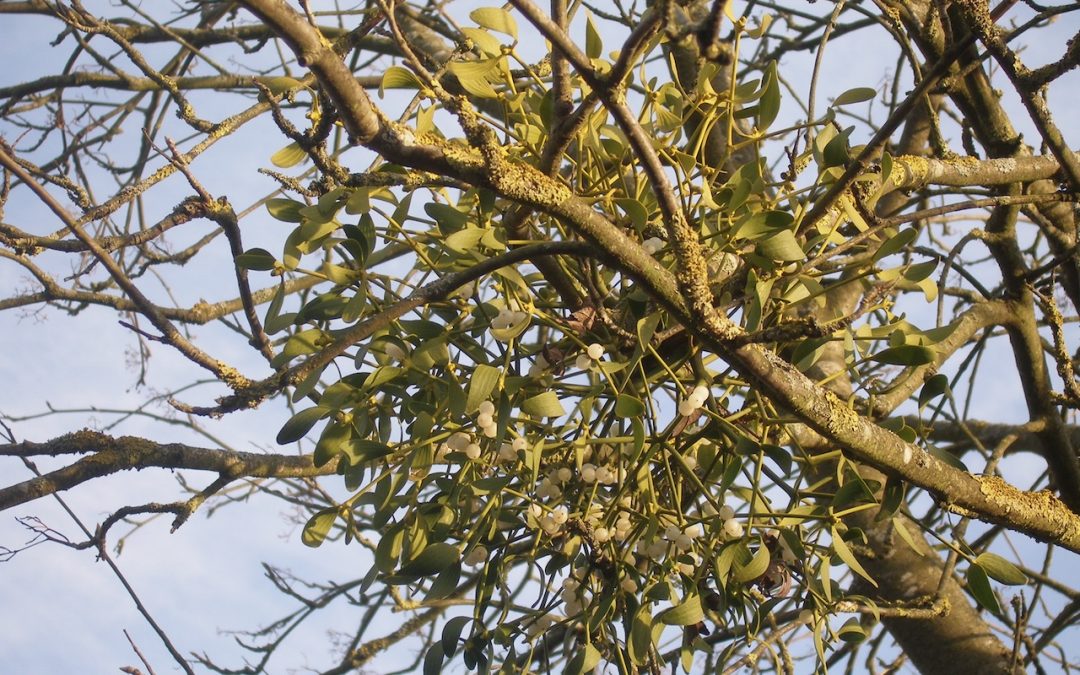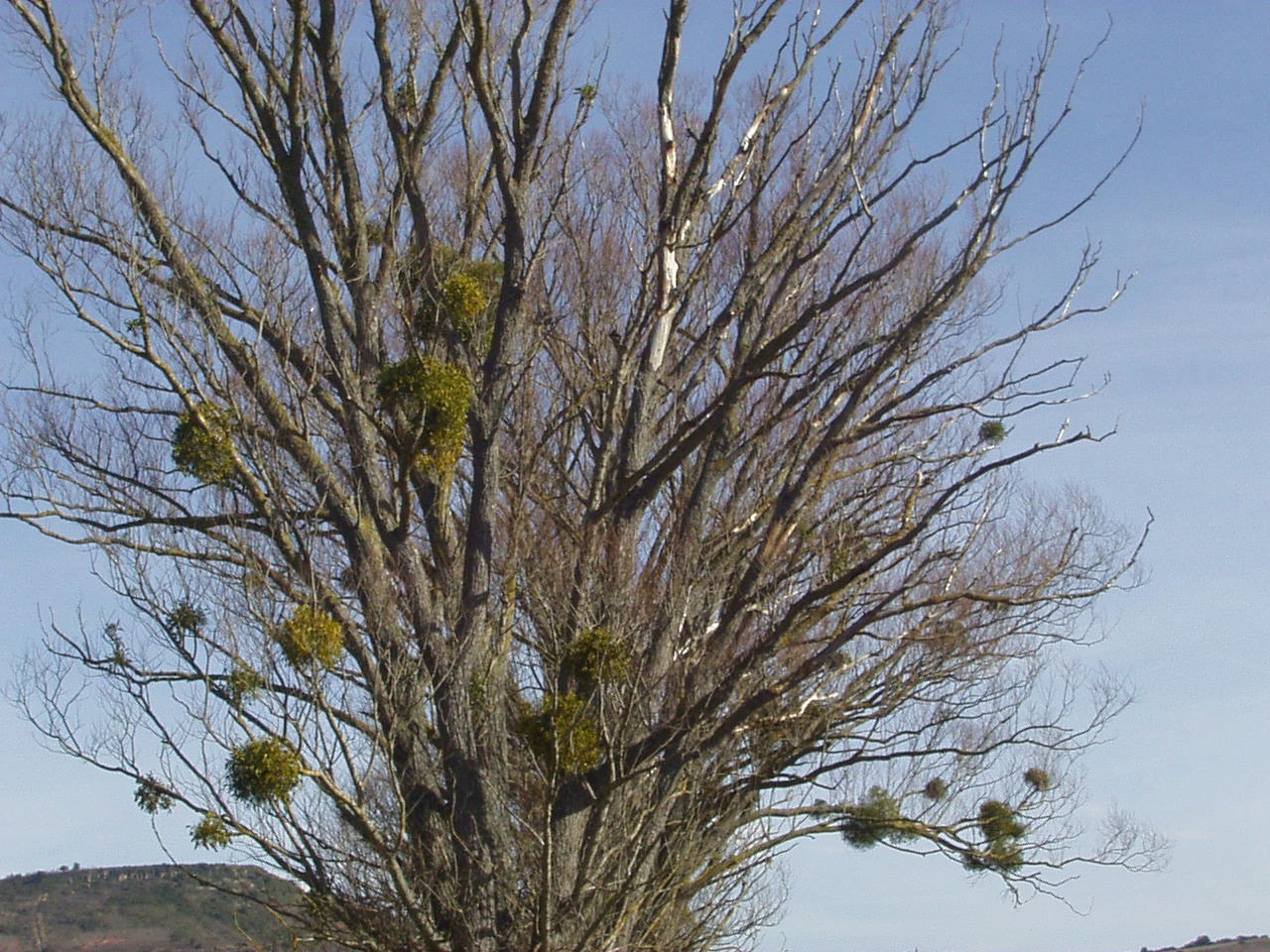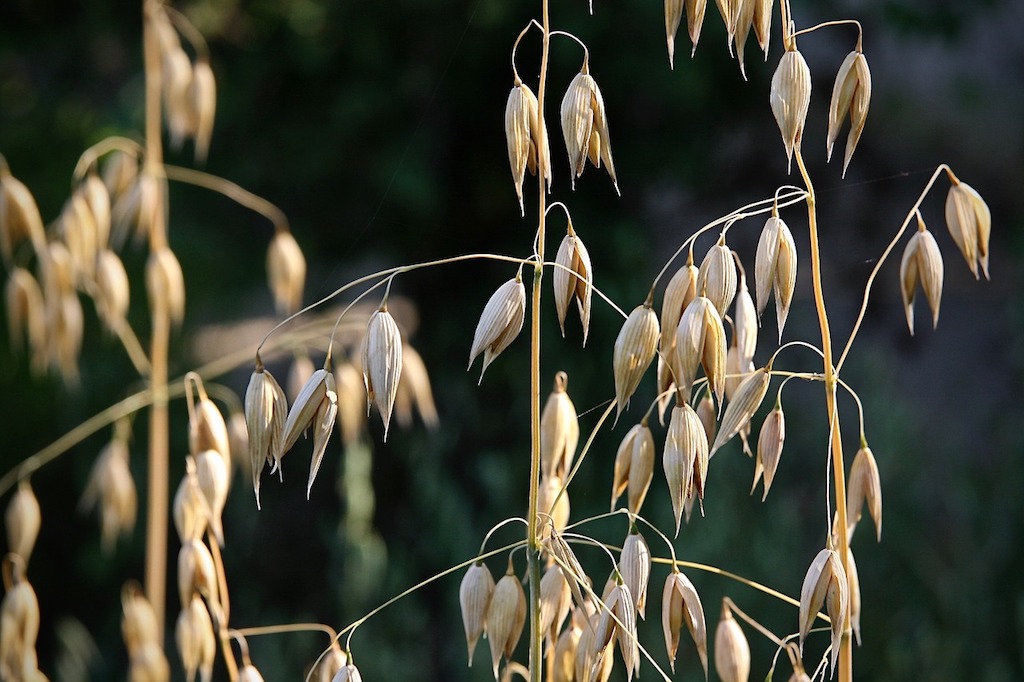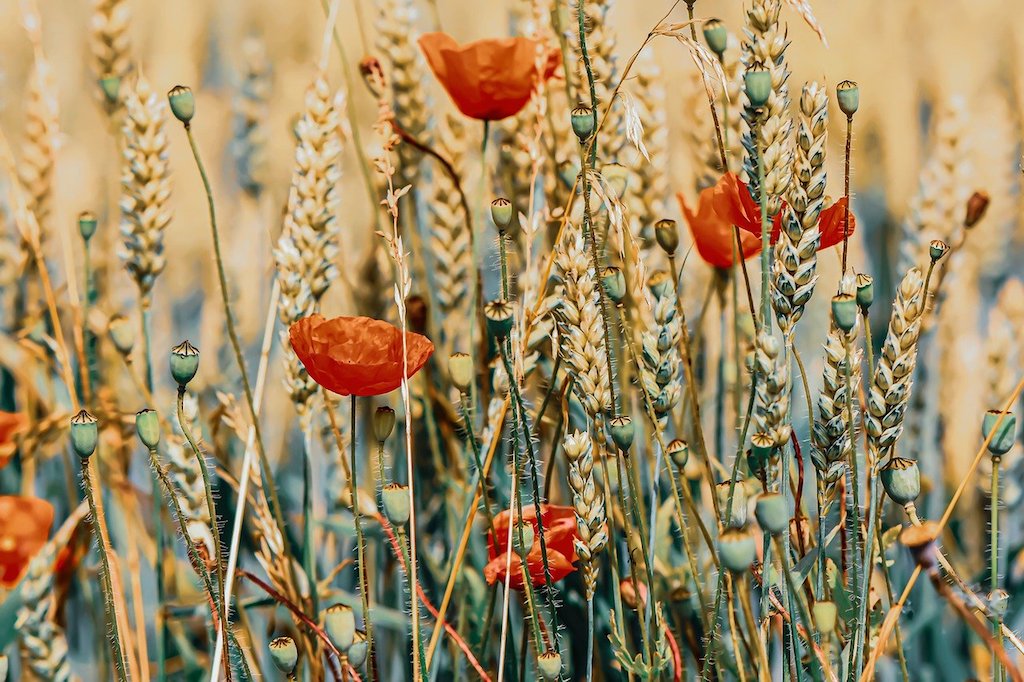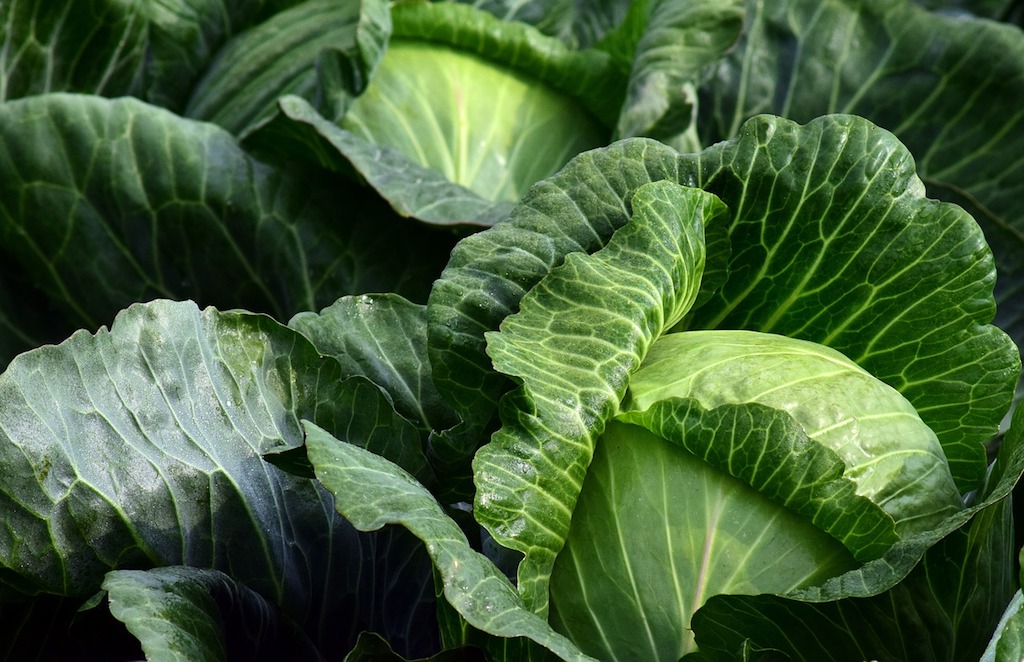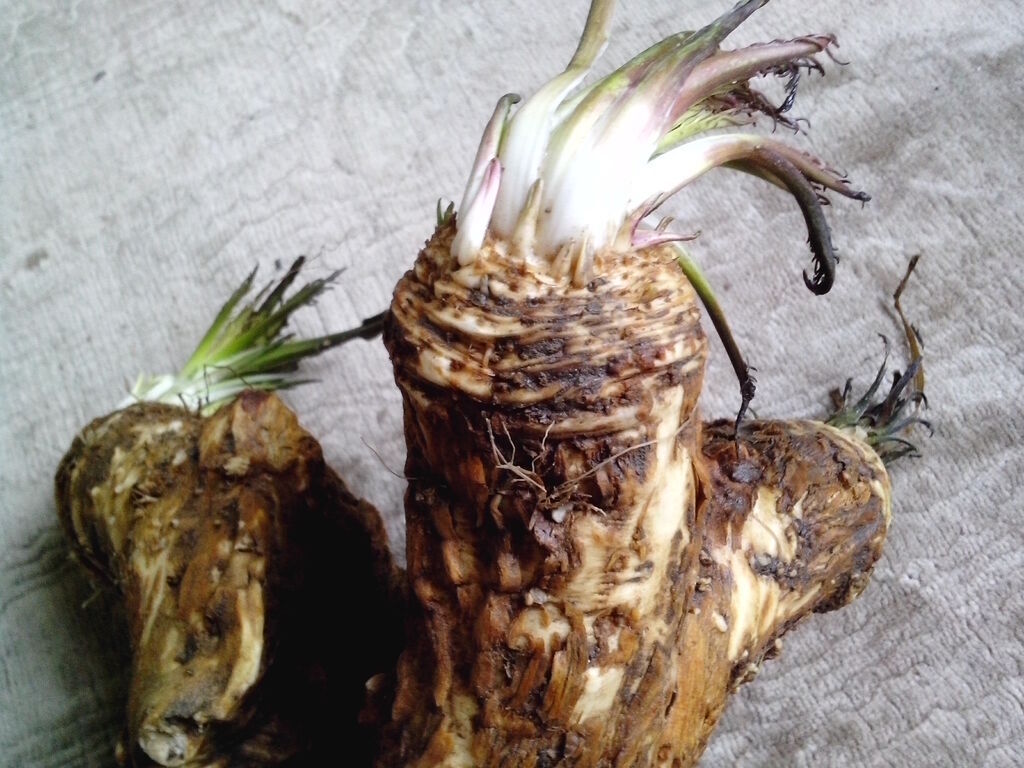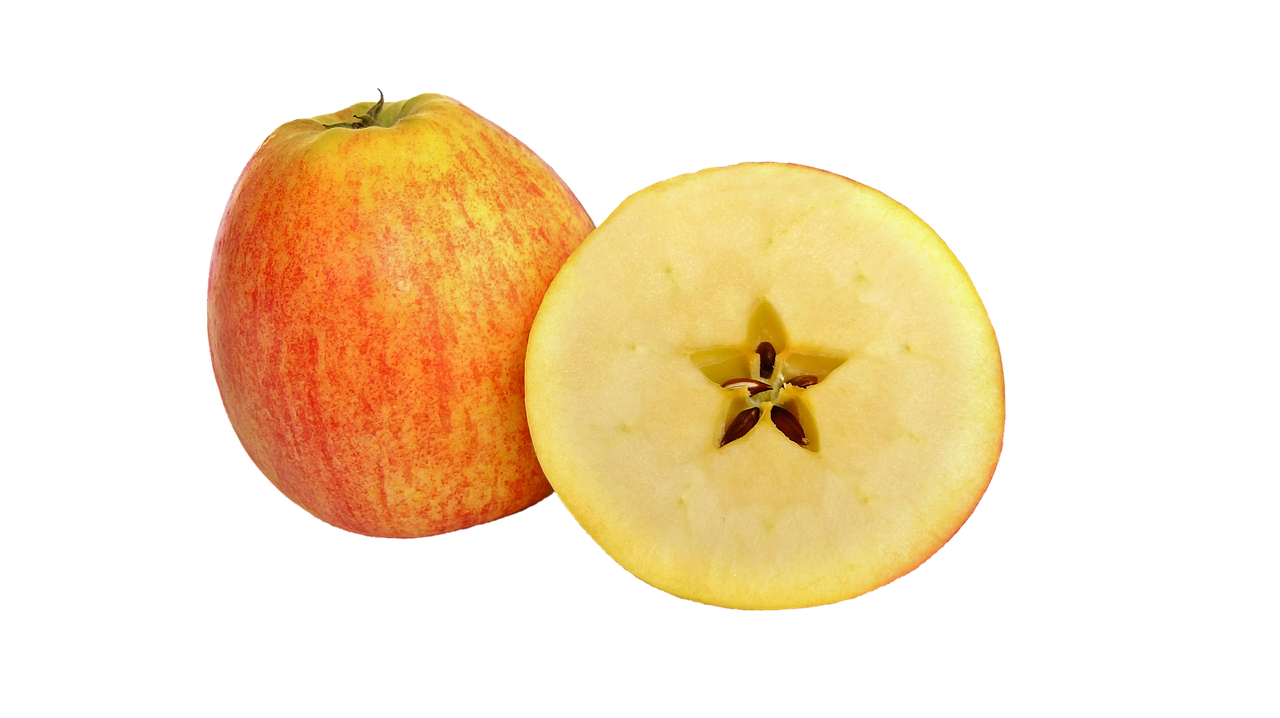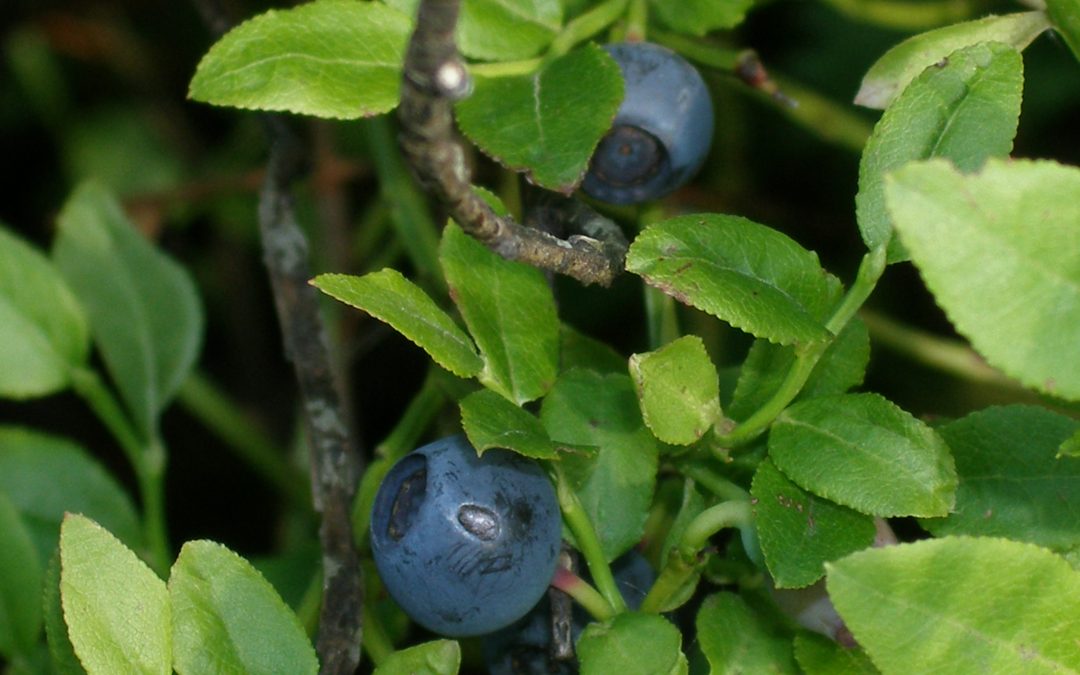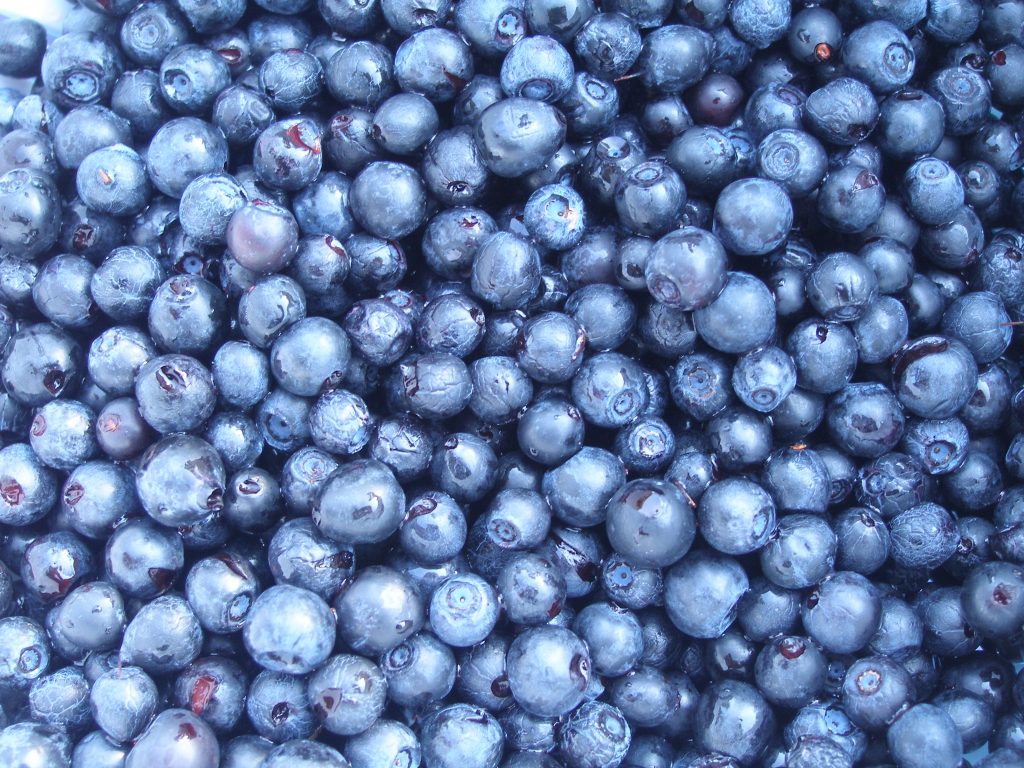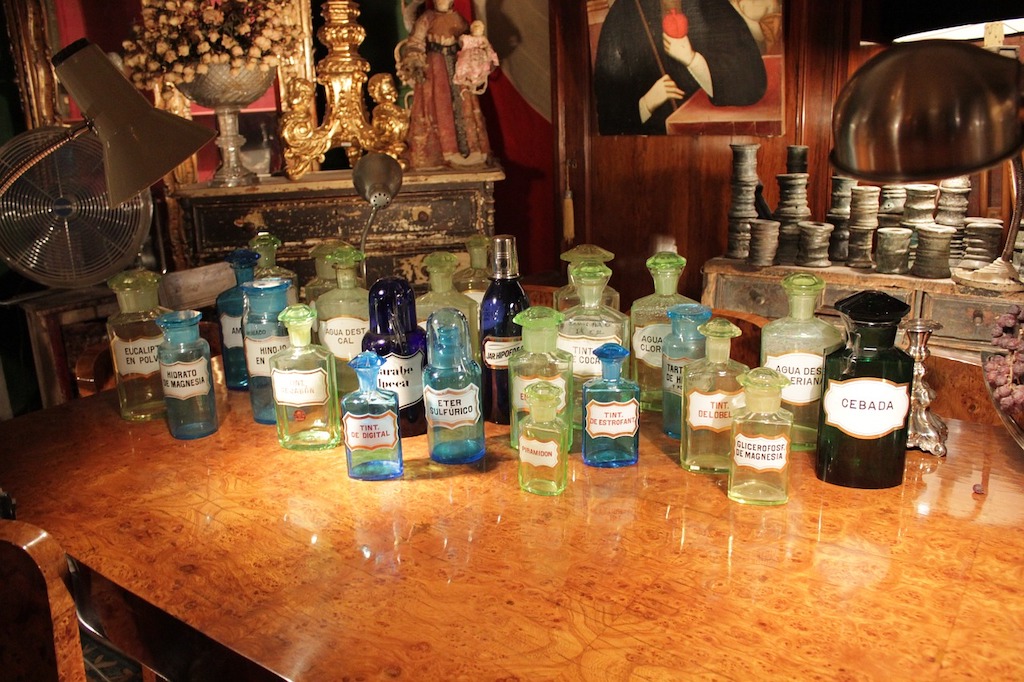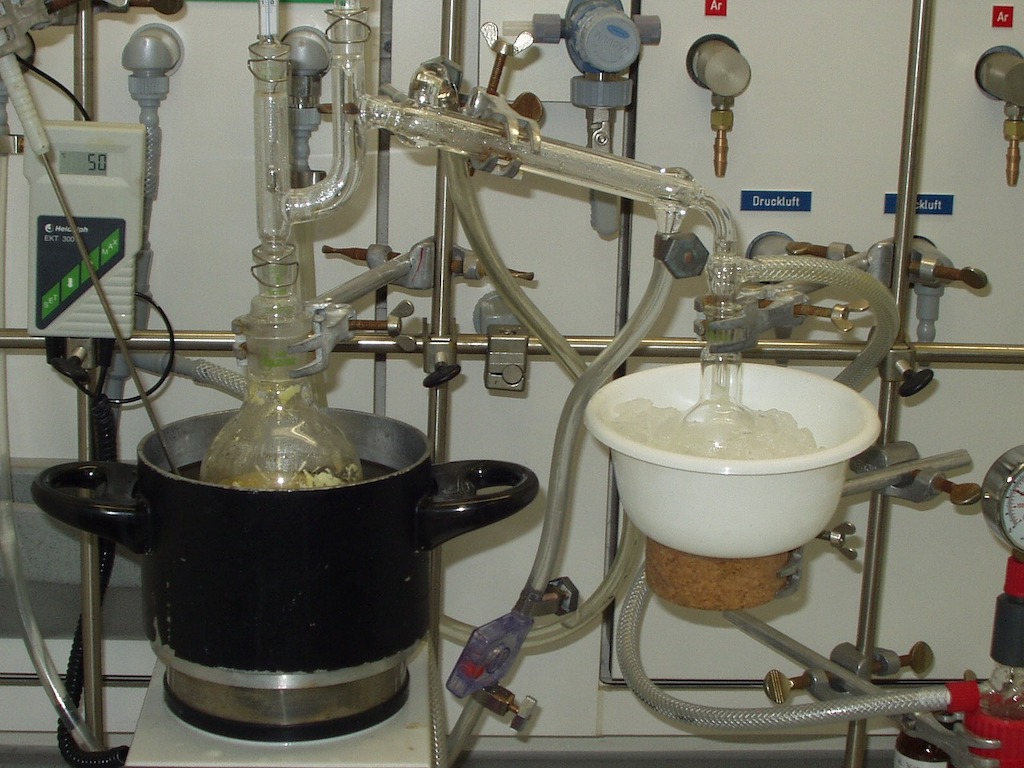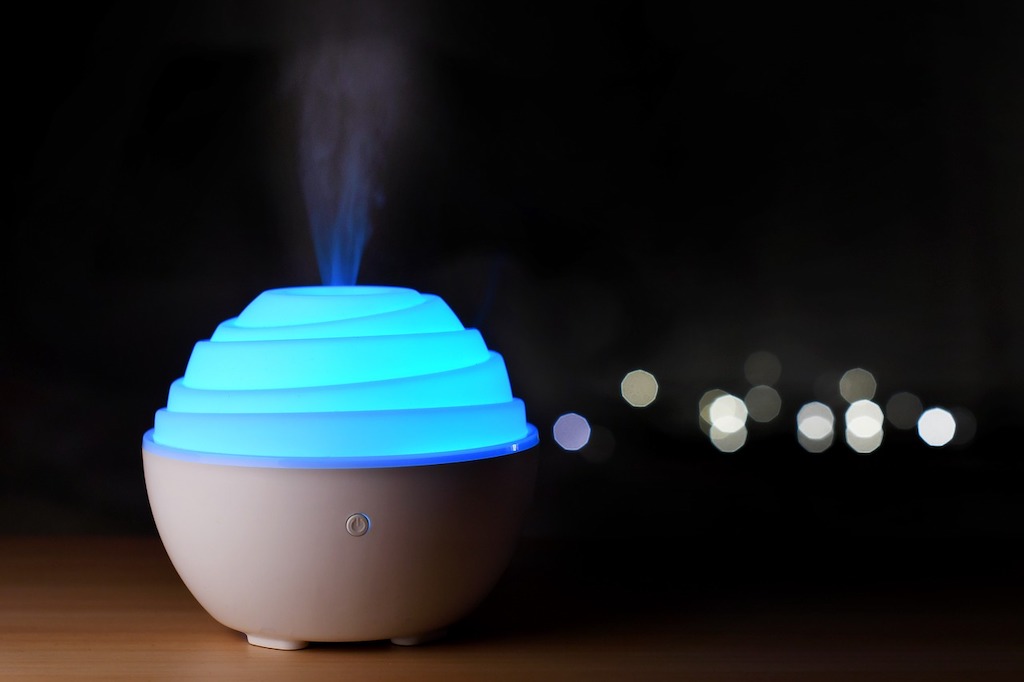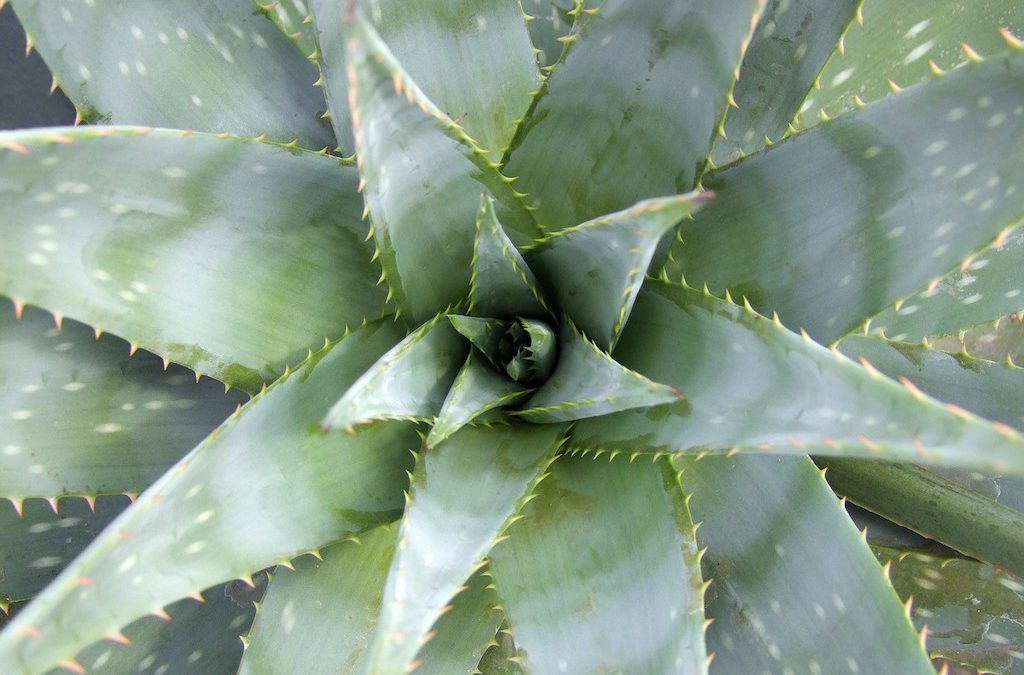
Plant Profile: Aloe vera
Aloe Vera is no longer an exotic stranger. We see it advertised as a popular ingredient in numerous household products, from washing-up liquid to latex gloves, and even razors. Many of us also know the plant itself.
Aloe Vera is an undemanding, perennial succulent, at home in arid regions of Africa. It is a distant cousin of the century plant, so common in the southwestern United States. Both belong to the order of Asparagales, but do not share the same genus.
Description:
Aloe Vera’s fleshy, succulent leaves contain a clear, gooey gel-like substance. The leaf margins bear ‘sharp teeth’ to deter casually browsing animals. It loves hot and dry conditions and only ‘wilts’ when over-watered, or exposed to freezing temperatures. Grown in the right conditions, (that is, mostly ignored), the plant will do just fine. It may even send up a central shoot with short tubular yellowish flowers sprouting from the upper part of the spike.
The Aloe genus comprises about 400 species, with Aloe Vera considered the most useful for medicinal purposes. Mature plants contain the most potent healing compounds.
Habitat:
Aloe Vera is native to arid regions of the north-eastern and southern parts of Africa and Madagascar. But thanks to its tremendous value as a healing plant, it has spread to arid regions throughout the world. Today it is widely cultivated around the world, including in North America, Japan and China.
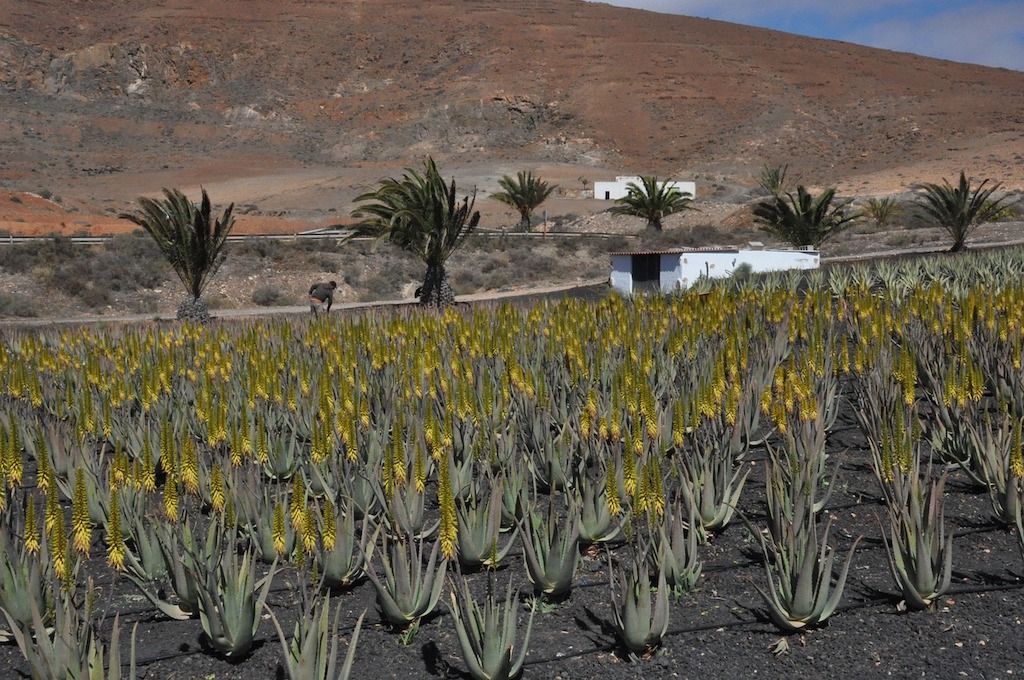
History
Aloe Vera is a truly wonderful plant, with a well-established reputation as a medicinal plant, that is particularly useful for skin conditions, minor cuts, abrasions and burns. The dried latex, a well-known laxative, is distinct from the gel. It derives from a yellow juice that is contained in the pericyclic tubules of the inner leaf.
Although Aloe has been in documented use for at least 3500 years, there is a lot of controversial and contradictory information about it.
It was first mentioned in the famous Egyptian Ebers Papyrus, which dates back to 1500 BC and is widely regarded as one of the earliest documents on what was to become the western Materia Medica. More than likely, Aloe Vera’s use was well-established long before it was recorded. In the hot and dry countries of Northern Africa and the Middle East, Aloe Vera served as a soothing household remedy for sunburns and a ready-to-use moisturizing cosmetic lotion.
Some confusion surrounding this plant stems from the fact that it is still frequently mistaken for lignum Aloes or Wood-Aloes, which is an entirely different species of plant. Although abundantly mentioned in the Bible as an incense ingredient and constituent of embalming oils, Wood-Aloes does not grow in the Mediterranean Basin but is a tree of the genus Aquilaria. Also known as Agar wood, Wood Aloes is native to Southeast Asia. While Aloe Vera latex does transform into a hard substance when dried and is sometimes referred to as ‘Aloe resin’, it is not particularly aromatic and has never been used as incense.
Aloe Vera juice
In recent years, ‘Aloe Vera juice’ (as well as a myriad of spin-off products that contain the juice), has become popular. But by their very nature, products are always processed. Aloe Vera juice is no exception. It always contains flavourings and preservatives. In its natural form, Aloe juice (gel) is not very palatable – it is bitter and gooey – not exactly a pleasure to gulp down. It is not hard to see why the ancients didn’t recommend it and only saw it fit as an emergency measure for the treatment of intestinal parasites.
Careful handling is of utmost importance as oxidation sets in the minute the leaves are cut, and enzymatic activity begins to destroy some valuable compounds. Traditionally, the leaves are taken to a processing facility as quickly as possible after being cut, ideally in a refrigerated truck. At the processing plant, they are filleted by hand to remove the outer skin. Unfortunately, most of the beneficial compounds are concentrated just beneath, and filleting removes much of what makes the plant so valuable.
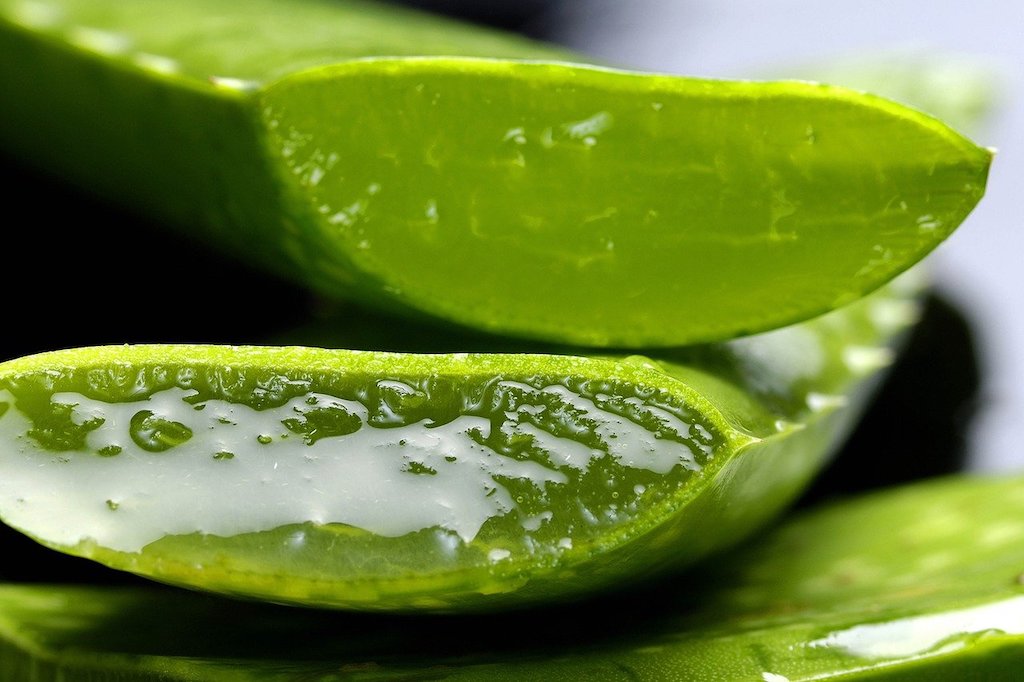
Modern uses
Aloe Vera is best known for its use in topical skin-care applications. But commercial products are not quite as potent as the gel that can be squeezed from a freshly cut leaf, since the natural jelly-like substance is not very stable and deteriorates quickly upon exposure to the air. To preserve its properties and thus extend its shelf-life, manufacturers must process the gel. But processing rarely enhances a natural product. In the case of Aloe Vera, it reduces a ‘miracle plant’ to a mediocre substance with vastly diminished benefits.
This back-story sheds some light on some rather puzzling research results: Aloe Vera’s glowing reputation in folk medicine is not confirmed by research results under laboratory conditions. The reasons for this are a bit complex and are partly due to the lab conditions and partly to the processing methods that are used to ‘preserve’ the gel or to extract its ‘active compound’.
But plants are highly sophisticated when it comes to their biochemistry. Their healing effect is often not due to one simple compound but rather the result of complex interactions, or ‘synergy’ between a host of different compounds.
Conventional preservation methods involve pasteurization: heating the gel to a high temperature, thus destroying many of the more fragile components. Chemical preservatives are added, further adulterating the original substance. Understandably, the result is rather disappointing, leading researchers to conclude that Aloe’s benefits may have been exaggerated. But one could equally conclude that we simply lack proper processing methods to preserve the natural composition of fresh Aloe Vera gel.
Processing
In recent years, more efficient processing methods have been developed. A cold process that dissolves the green cellulose parts of the leaf, leaves the biochemical activity of the gel substance intact, including the aloin, a yellow bitter laxative compound that is found just underneath the outer skin. Additional processing involves adding various anti-oxidants, as oxygen initiates the deterioration and breakdown of the gel and promotes the development of aerobic bacteria. Finally, the pulp is separated from the liquid part, a carbon compound is added to help filter out the aloin. The carbon compound is subsequently removed. In the last step, the liquid is exposed to ultraviolet light that destroys any bacteria.
This method still requires stabilizing compounds to be added to the final product, but it is a great improvement to conventional extraction processes, which only processed the gel and relied on heat treatment for sterilization.
An alternative whole-leaf extraction method involves the same cold process leaf processing described in the first step above, but then utilizes short duration low temperature-controlled sterilization techniques to kill off bacteria, eliminating the need for additional chemicals. The resulting gel is concentrated in a vacuum chamber and dehydrated to yield a water-soluble compound that retains the biochemical activity indefinitely without using preservatives. This is currently regarded as the most efficient method. Although heat is used in the process, it is closely controlled and never reaches more than 65°C applied for less than 15 minutes at a time. Longer exposure and higher temperatures would deteriorate the final product.
It is easy to see that what you get at the store is not the same as the natural product straight from the plant. It is important to read the label and evaluate the extraction method to determine its quality. There are huge differences between manufacturers.
A self-regulating body of producers certifies Aloe Vera products according to industry standards of quality control. Their seal of approval is meant to reassure consumers. However, due to the different processing methods, certification is not a gold standard.
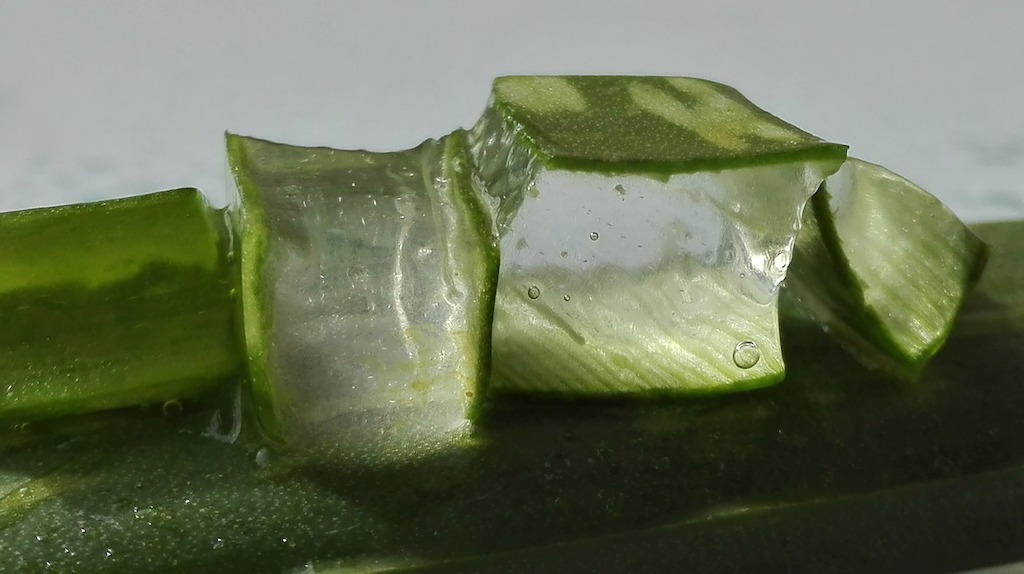
Medicinal Uses
Parts used: resin, gel extracted from the leaf
Constituents: Hydroxyanthracene derivatives of the anthrone type (principally barbaloin); 7-hydroxyaloin isomers, aloe-emodin, chrysophanol and their glycosides; chromone derivatives (aloesin and its derivatives aloe resins A and C, and the aglycone aloesone. Gel: glucomannan (a polysaccharide), steroids, organic acids, enzymes, antibiotic principles, amino acids, saponins, minerals.
Actions: latex: cathartic, laxative, emmenagogue, digestive stimulant
Gel: immune system stimulant, skin healing, anti-irritant, moisturizing, anti-cancer
Indications
Traditionally, Aloe Vera gel is used as a soothing topical application for sunburns and minor burns, abrasions, acne, psoriasis, shingles and even cold sores. The fresh gel squeezed from the leaf and applied directly to the affected areas is most potent. Its skin repair qualities on burns and sunburns are truly remarkable – healing occurs quickly and without scarring. The gel is also used to reduce stretch marks and scarring in wound care. It even protects the skin against the immune suppressant effect of ultraviolet light – thus it can also be used as a protective sunscreen lotion. Aloe Vera gel is a highly valued additive for moisturizing cosmetic preparations and is praised for rejuvenating the skin by stimulating the synthesis of elastin and collagen.
External application of Aloe gel penetrates the skin directly and produces a soothing, pain-relieving anti-inflammatory effect on arthritic joints and tendonitis.
For internal use, Aloe Vera latex preparations are usually mixed with antispasmodic herbs to reduce the cramping effect of its laxative action. Used by itself, the cathartic action could be rather painful. The latex also stimulates the uterus, thus promoting menstrual flow. Aloe containing laxatives should be avoided during pregnancy.
Laboratory studies on mice have demonstrated high-quality Aloe Vera juice to be an effective immune system stimulant in the treatment of certain types of cancer and HIV. Further studies are underway.
Aloe juice has a healing and balancing effect on the digestive system: it improves the absorption of nutrients and the elimination of toxins. This promotes overall cell nutrition and activates the body’s self-healing powers and enhances energy levels. It can also relieve gastrointestinal problems associated with peptic or duodenal ulcers. It stimulates regular bowel evacuation and soothes colitis and irritable bowel syndrome. Many chronic conditions have a component of digestive imbalance that trigger secondary symptoms due to malabsorption and cellular malnutrition. Aloe Vera juice can help to restore balance to the entire digestive system.
Aloe Vera juice also appears to benefit the liver and kidneys. It lowers levels of blood lipids (cholesterol) that can clog up the arteries and can cause coronary heart disease. And, it also has a positive effect on blood sugar levels, which can make it a useful nutritional supplement for diabetics.
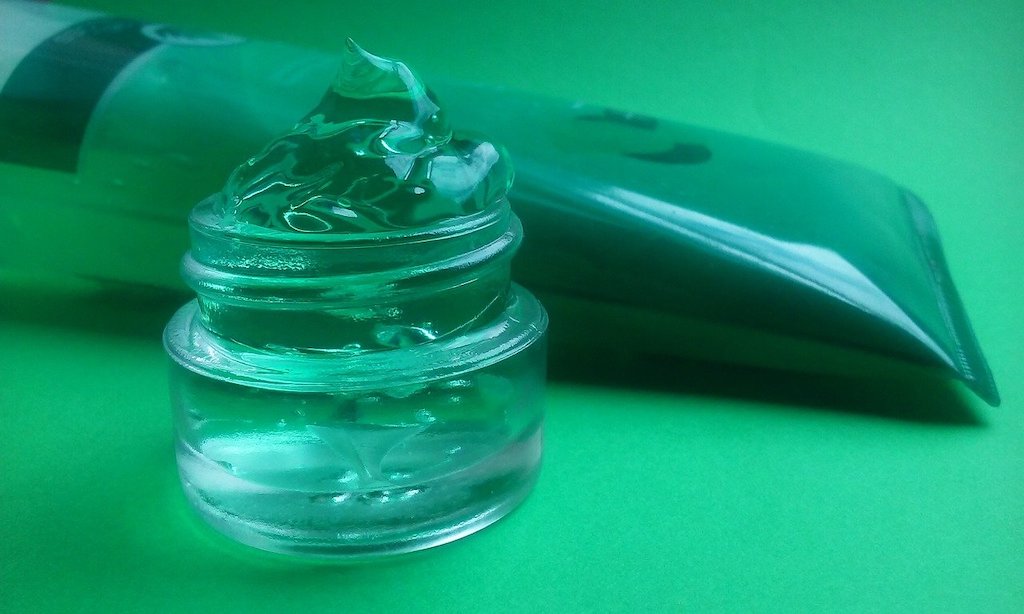
Home-made cosmetics
If you wish to incorporate Aloe’s healing benefits into home-made skincare products, you can use the gel to replace all or a portion of the liquid in your recipe. However, beware that unprocessed Aloe Vera gel is not very stable and won’t keep long. Make small batches only, and store them in the fridge for a few days. For maximum benefit, skincare preparations should contain at least 20-40% of gel. If you have a fresh plant at your access, you can simply cut off a bit of a leaf and apply it straight to the skin.
Grow your own
Aloe Vera is one of those plants that everybody should have at their access as an immediate first aid remedy for burns and minor cuts. Growing it is easy, as it is a very undemanding plant. Just don’t over-water it and protect it against freezing temperatures. It loves the sun but will also grow in the semi-shade, nor does it need particularly rich soil. Well draining, sandy soil will do.
Caution:
- Do not use Aloe Vera based laxatives during pregnancy. The juice may also contain traces of aloin above what would be deemed safe during pregnancy.
- Consult with your health advisor regarding possible interference with prescription drugs if you intend to use Aloe Vera internally.
- Rare cases of allergic reactions to the latex have been reported – even for external use.
The quality of Aloe Vera gel or juice very much depends on the manufacturing process. Some products that are currently on the market have little or no medicinal value. Do your research before spending a lot of money on what may turn out to be an inert substance. Whole-leaf extracts are recommended. Look for the International Aloe Science Council certificate for quality assurance.
Image credits:
Title Image by Elstef from Pixabay
(1) Image by Françoise BERNARD-NICOD from Pixabay
(2) Image by Franziska Ingold from Pixabay
(3) Image by mozo190 from Pixabay
(4) Image by Jenny Porter from Pixabay

